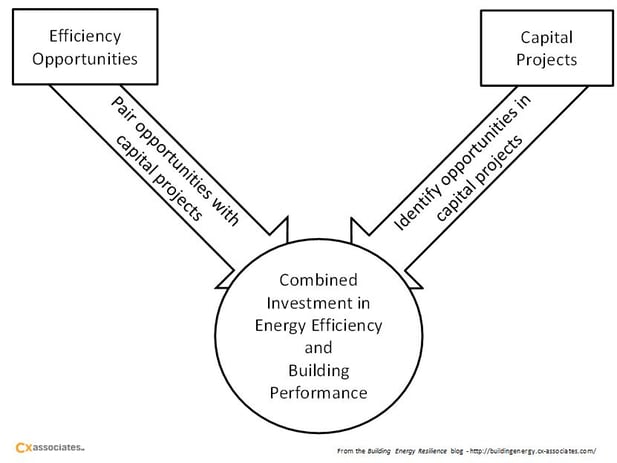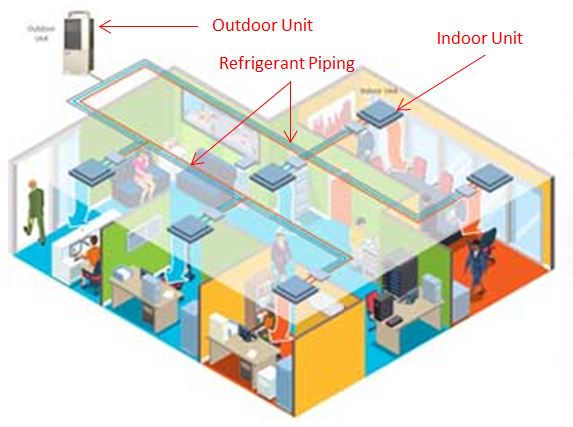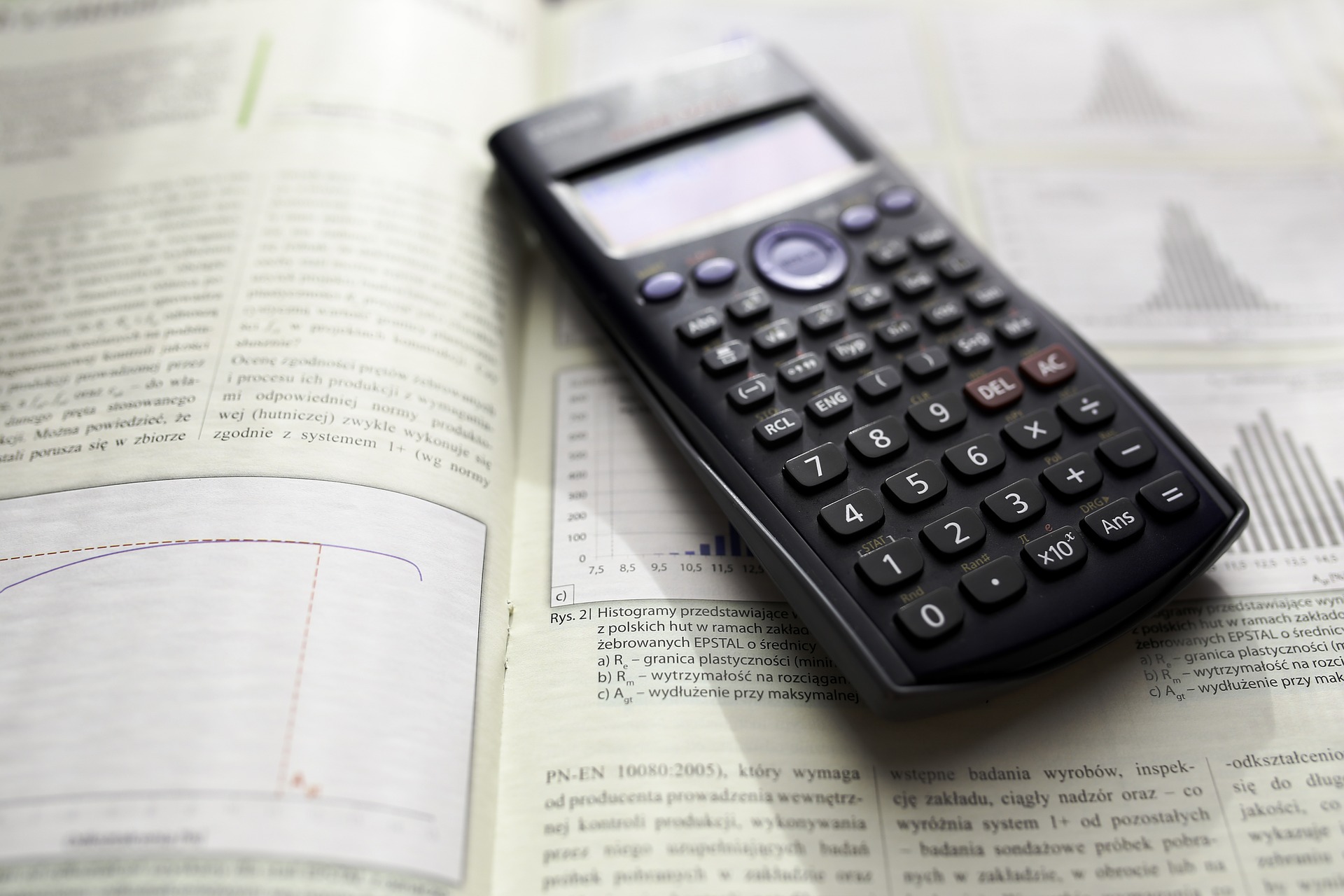Energy efficiency upgrades are widely recognized by facility managers as good investments with the potential for short payback periods and attractive lifecycle costs. However, energy efficiency investments are also often viewed as an added expenditure in competition with capital investments in infrastructure driven by end users and/or the mission. Some managers may fear a tradeoff between energy efficiency investments and other improvements in building performance, such as better indoor environmental quality (IEQ) or lower maintenance costs. In my view, the tradeoff between energy efficiency investments and other improvements in building performance is a false dichotomy - energy efficiency investment opportunities can reduce costs while enhancing building performance to better satisfy end users and the mission.
Energy efficiency opportunities with non-energy benefits
One of the most popular energy efficiency investment opportunities, and one that reduces operating costs while enhancing lighting system performance, is LED lighting. Life cycle costing shows investments in LED lighting systems not only reduce facility energy consumption, but also lower maintenance costs and improve the quality of indoor lighting. Maintenance costs are reduced through significant reductions in lamp replacement activities and the quality of indoor lighting can be improved with advanced control of hue and intensity (i.e., light color and dimming).

Much like LED lighting, low-E and low U-value windows can save energy and enhance the performance of building systems. Higher performance windows significantly improve occupant comfort by reducing glare, solar heat gain, the incursion of noise pollution, and cold drafts in perimeter spaces. The increased comfort helps improve occupant well-being and productivity, which are major non-energy benefits generated by investing in more energy efficient windows.
Another, less well-known energy efficiency strategy with non-energy benefits is cog belts for HVAC fans. Cog belts eliminate belt slip and provide a more efficient transfer of energy from fan motors. Similar to LED lighting, cog belts have a longer service life thereby reducing the cost of maintenance activities allowing maintenance staff to address other needs within a facility.
Combining energy efficiency with other improvements in building performance
Sometimes energy and non-energy benefits may not both be inherent to a single investment opportunity. However, there does not need to be a tradeoff between investing in energy efficiency and investing in other improvements in building performance. Efficiency opportunities can be integrated into most capital projects for improved building performance. Furthermore, financial incentives for and savings from energy efficiency investments can increase the available capital for projects as a whole.

Retrofits may not be cost-effective for energy efficiency alone, as is often the case with window retrofits. However, at the time of window replacement, it is cost effective to invest in windows that are more energy efficient. This is an example of embedding energy efficiency in a capital investment.


